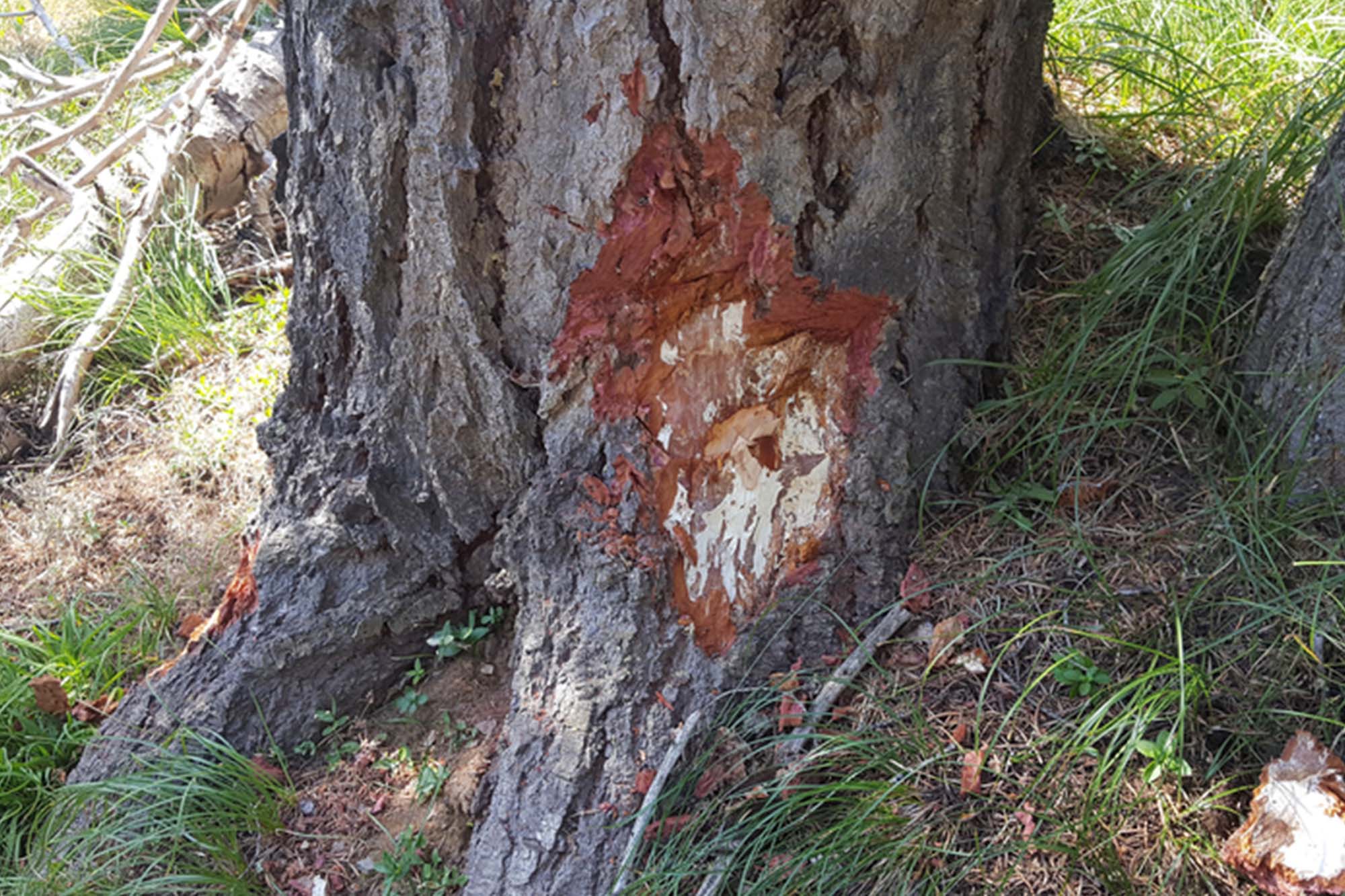New York is facing an emerging environmental threat as a rare fungus that has devastated forests across the country has now been detected in the state. This fungus, known for its destructive impact on tree populations, is causing alarm among environmentalists and forestry officials as it begins to spread through New York’s wooded areas.
The fungus, identified as Fusarium circinatum, is notorious for causing pitch canker disease, which targets a wide range of tree species, including pine and oak. The disease results in the rapid decline and death of infected trees, often leading to extensive damage in affected forests. The discovery of this fungus in New York is particularly concerning due to the potential for significant ecological and economic impacts.
The initial detection occurred in a forested region known for its diverse tree population and rich biodiversity. Forestry experts and state officials have been working to assess the extent of the infestation and determine the best course of action to manage and mitigate the spread of the fungus. Preliminary reports indicate that several trees have already been affected, and efforts are underway to conduct further investigations to gauge the full scale of the problem.
The spread of Fusarium circinatum is typically facilitated by environmental factors such as moisture and temperature, which can create favorable conditions for the fungus to thrive. Additionally, the movement of infected plant material and soil can contribute to its dispersal. Given these factors, the fungus poses a serious threat to both natural and managed forests across New York.
The impact of the fungus on New York’s forests could be substantial. Trees play a crucial role in maintaining ecological balance, providing habitat for wildlife, and supporting local economies through timber and recreational activities. The loss of trees due to the fungus could disrupt these functions, leading to potential long-term consequences for the environment and local communities.
In response to the situation, state officials and environmental organizations have initiated a series of measures aimed at controlling the spread of the fungus and protecting vulnerable tree populations. These measures include increased surveillance and monitoring of affected areas, as well as public awareness campaigns to educate landowners and forest managers about the signs of infection and best practices for preventing further spread.
Experts recommend that individuals involved in forestry and land management take proactive steps to minimize the risk of spreading the fungus. This includes avoiding the movement of potentially infected plant material, implementing stringent sanitation protocols, and promptly reporting any signs of disease to local authorities.
The situation remains fluid as authorities continue to assess the extent of the infestation and develop strategies to address the threat. The cooperation of the public and various stakeholders will be crucial in managing the spread of the fungus and minimizing its impact on New York’s forests.
Read More News:
- Wing and a Prayer: Diners Beware of Sanitary Violations at Local Eatery
- Get Your herbage On CelebrateSt. Patrick’s Day in Cobb County!
As the state grapples with this emerging threat, it serves as a stark reminder of the challenges faced in protecting natural resources from invasive pests and diseases. Ongoing research and collaboration will be essential in combating the fungus and safeguarding the health and vitality of New York’s forests for future generations.
Reference Article:

